Filter by
Awarded Projects (328)
RSS
Voltage-gated sodium channels (NaVs) control neuronal excitability, also in association with a number of auxiliary proteins.
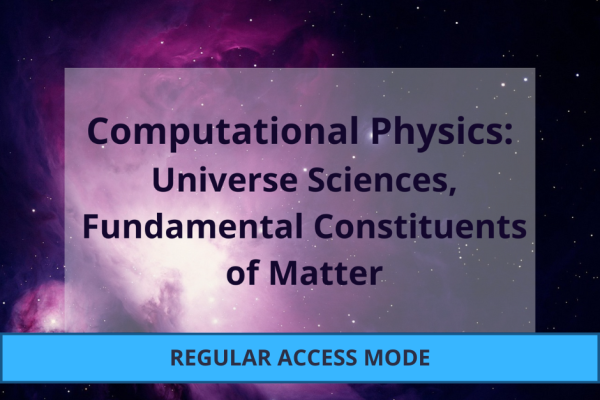
When you break an atom, you see electrons, protons and neutrons as free particles but when you break a proton its quarks and gluons rearrange into new hadrons. Quarks and gluons are permanently confined in hadrons.

This project focuses on the unexplored Corrigan and Ramond large number of colours limit that holds the key to discovering novel properties of hadron dynamics and connecting QCD and Supersymmetry.
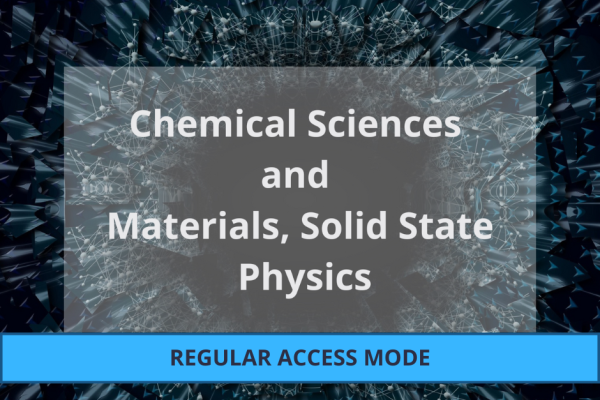
Electrochemical energy storage and conversion is one of the main challenges for energy transition. Electrocatalysis can play an important role by allowing to produce key chemical reagents using electricity production from renewable sources.

This project proposes to perform unprecedented direct numerical simulations of subsonic and supersonic turbulent boundary layers over rough walls. It plans to exploit the computational power of LUMI-G to simulate turbulent flow over rough walls at friction Reynolds number 6000.
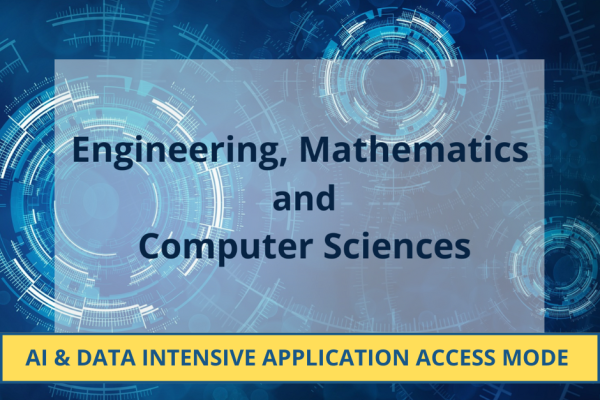
Large language models (LLMs) require immense resources for training and inference. Quantization, a technique that reduces the precision of model parameters, offers a promising solution for improving LLM efficiency and sustainability.
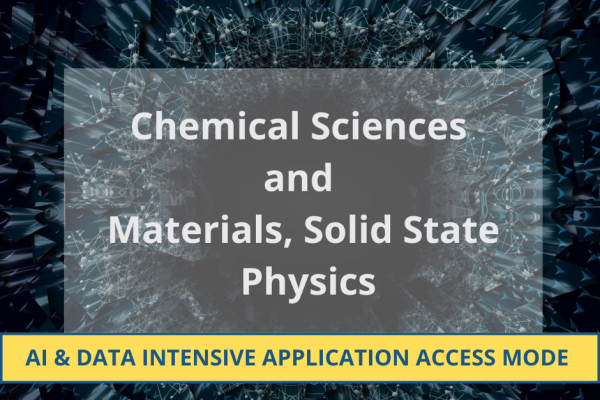
Density functional theory (DFT) is the primary workhorse in computational materials science.
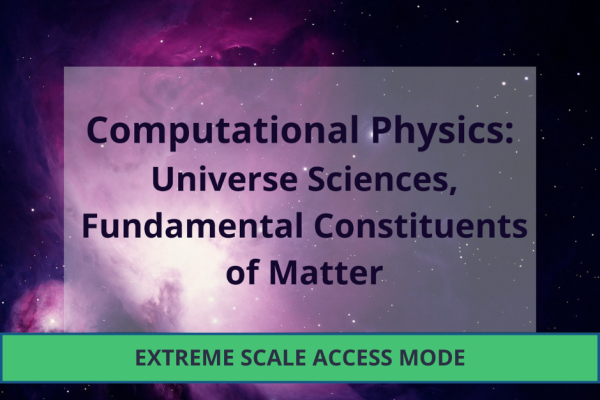
The question how solar storms impact a planet has both fundamental scientific importance and great social impacts for protecting our infrastructure from the most powerful solar storms.

The project aims to extend the application of VAR extending the class-guided textual prompt mechanism of VAR to textual inputs.

Turbulence characterises many physical phenomena and is key to astrophysical and cosmological scenarios. Despite its success in simulating astrophysical scenarios, the smoothed particle hydrodynamics technique (SPH) has historically struggled when simulating turbulence.